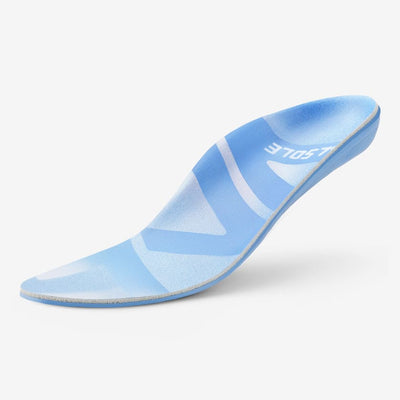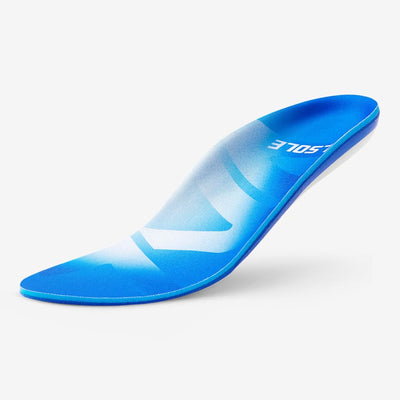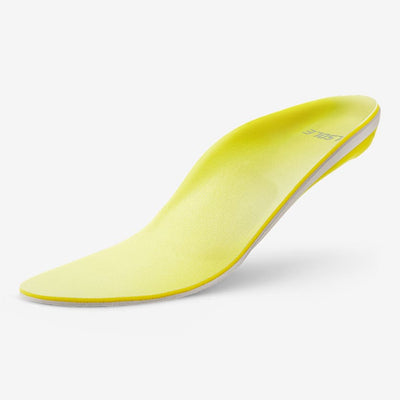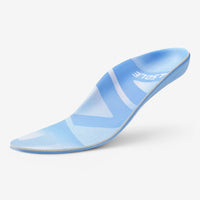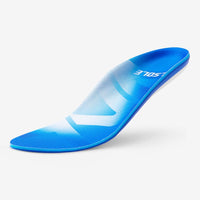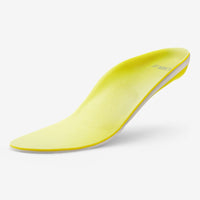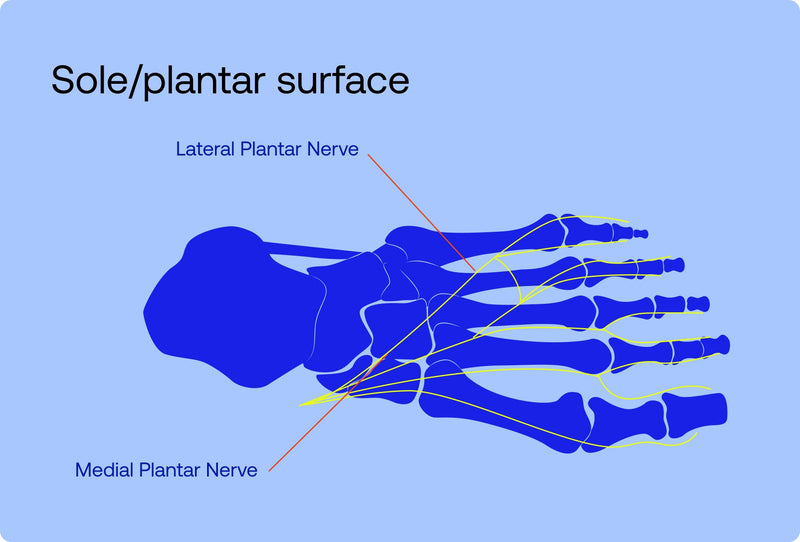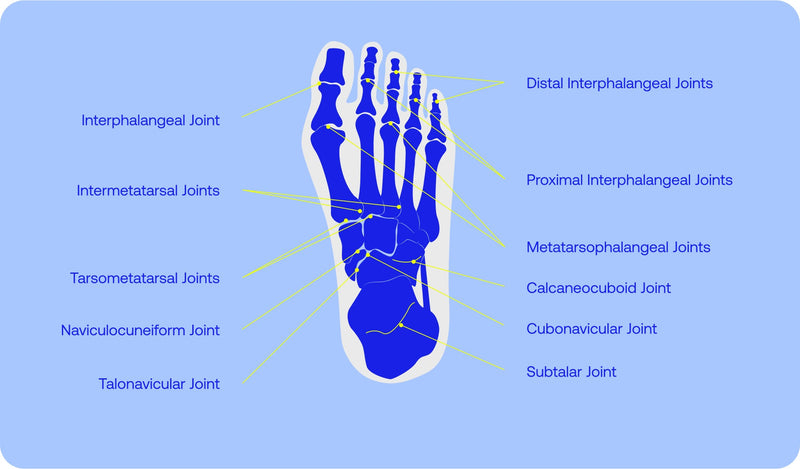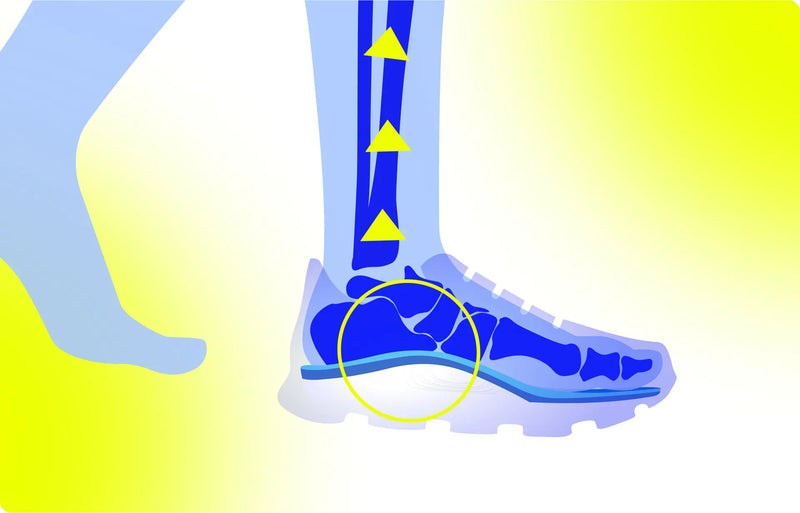The Role of Shock Absorption in Preventing Fatigue
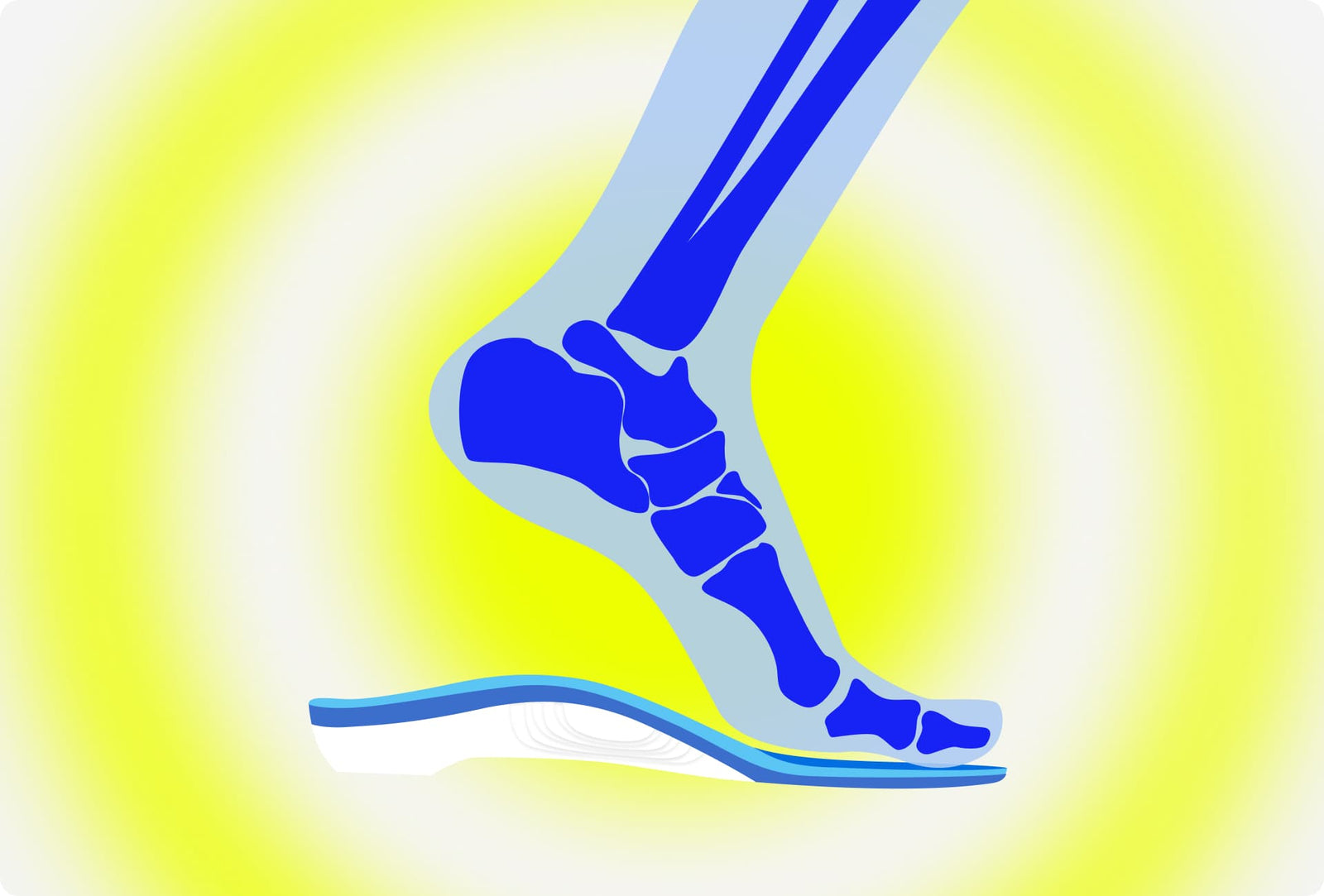
Shock absorption reduces fatigue by dispersing impact forces and protecting joints from repetitive stress. Advanced materials like EVA, PU foams, and gels enhance cushioning, preserve alignment, and minimize muscle strain. Beyond athletics, effective shock absorption supports workers on their feet, preventing discomfort and sustaining energy. Incorporating these technologies into insoles ensures healthier movement, improved endurance, and lasting comfort.
The Silent Strain of Every Step
Every step taken imposes subtle yet significant mechanical stress on the human body. Over time, these repetitive impacts contribute to muscular fatigue, joint strain, and diminished performance. The body’s natural shock absorption system — including muscles, tendons, ligaments, and soft tissues — provides a first line of defense, but without additional support, this system can become overwhelmed. Understanding the role of shock absorption illuminates how proper cushioning and biomechanical design protect the body from fatigue and long-term injury [1].
Understanding Shock Absorption in Biomechanics
Shock absorption refers to the body’s ability to dissipate ground reaction forces during locomotion. Each heel strike transmits a force equivalent to 1.5 to 3 times body weight, depending on speed, footwear, and surface [2]. The arches of the foot, supported by plantar fascia and surrounding musculature, play a central role in absorbing and redistributing this force. When natural absorption is compromised — due to flat feet, high arches, or fatigue — external aids such as insoles or cushioning systems become essential.
Fatigue as a Biomechanical Consequence
Fatigue arises not merely from muscular exertion but from repetitive microtrauma caused by inefficient shock distribution. Inadequate cushioning amplifies stress on the plantar fascia, Achilles tendon, and knee joints. Over time, this accelerates the onset of muscular fatigue, reduces endurance capacity, and elevates the risk of chronic conditions like plantar fasciitis or stress fractures [3]. Proper shock absorption, therefore, does not only enhance comfort but also preserves musculoskeletal efficiency.
The Science of Cushioning Materials
Advances in material sciences have transformed shock absorption in footwear and insoles. Ethylene-vinyl acetate (EVA), polyurethane (PU) foams, and gel-based compounds are commonly used for their resilience and energy-return properties. Studies demonstrate that EVA midsoles reduce peak plantar pressure significantly compared to flat or rigid materials [4]. VALSOLE insoles harness these advanced materials with multi-layered foam and reinforced cushioning pads, delivering superior energy dispersion that reduces joint loading and delays fatigue onset.

Shock Absorption and Postural Alignment
Effective cushioning does more than soften impact; it stabilizes postural alignment. Excessive ground forces transmitted through the heel can disrupt gait mechanics, leading to compensatory movements in the hips and spine. By absorbing and evenly distributing forces, cushioning assists in maintaining neutral alignment, reducing strain on secondary muscle groups, and allowing energy-efficient movement [5]. VALSOLE insoles are engineered with structured heel cups and firm arch shells to stabilize alignment, ensuring every step supports natural posture and balanced motion.
Implications for Occupational and Athletic Performance
For workers who spend prolonged hours standing or walking, inadequate shock absorption accelerates fatigue and decreases productivity. Similarly, athletes rely on optimized cushioning to enhance endurance, prevent injuries, and maintain performance under repetitive loading conditions. Research indicates that enhanced shock absorption can reduce perceived exertion and delay neuromuscular fatigue, underscoring its role in sustaining long-term activity [6]. VALSOLE insoles are designed to meet both occupational and athletic demands, combining heavy-duty durability with sport-grade shock pads to protect against fatigue, maximize stamina, and keep performance consistent.
Practical Applications in Footwear and Insoles
Modern insoles and footwear integrate shock absorption strategically — heel cups to cushion initial impact, midfoot supports to stabilize arches, and forefoot padding to reduce metatarsal pressure. These targeted interventions protect vulnerable regions while improving comfort during extended activity. For individuals with foot conditions or high body weight, reinforced cushioning is particularly critical in preventing overloading and premature fatigue. VALSOLE insoles apply this targeted design with deep heel cradles, enhanced arch support, and specialized forefoot padding, making them a trusted solution for both everyday comfort and long-term foot health.
Cushioning as a Preventive Strategy
Shock absorption functions as more than a comfort feature; it is a biomechanical necessity. By reducing ground reaction forces, preserving alignment, and preventing premature fatigue, cushioning plays a pivotal role in sustaining both daily function and athletic performance. VALSOLE insoles embody this principle, blending science-driven cushioning with reinforced support to protect joints, boost endurance, and ensure resilience with every step. Incorporating advanced materials and thoughtful design translates into tangible benefits: healthier joints, improved stamina, and greater resistance to injury.
References
- Nigg, B. M., & Wakeling, J. M. (2001). Impact forces and muscle tuning: a new paradigm. Exercise and Sport Sciences Reviews, 29(1), 37-41.
- Whittle, M. W. (1999). Generation and attenuation of transient impulsive forces beneath the foot: a review. Gait & Posture, 10(3), 264-275.
- Gefen, A. (2003). Plantar soft tissue loading under the medial metatarsals in the standing diabetic foot. Medical Engineering & Physics, 25(6), 491-499.
- Cook, S. D., Kester, M. A., Brunet, M. E., & Haddad, R. J. (1985). Biomechanics of running shoe performance. Clinical Orthopaedics and Related Research, 198, 45-53.
- McClay, I., & Manal, K. (1997). Coupling parameters in runners with normal and excessive pronation. Journal of Applied Biomechanics, 13(1), 109-124.
- Hardin, E. C., Van Den Bogert, A. J., & Hamill, J. (2004). Kinematic adaptations during running: effects of footwear, surface, and duration. Medicine & Science in Sports & Exercise, 36(5), 838-844.

